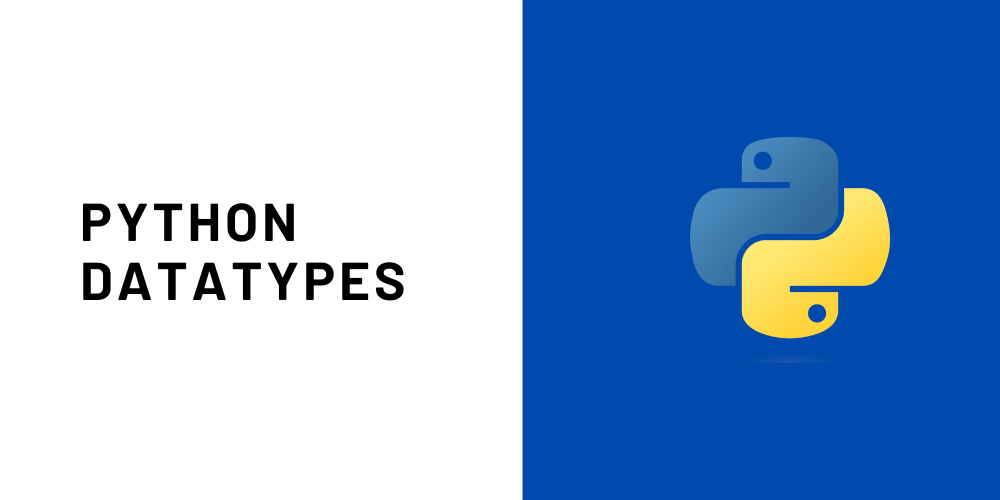Python Data Types: Data types are an important concept in any programming language. Because, variables can store different types of data, and different types can do different things. Python has a variety of data types built in by default in these categories.
| Text Data Type | str |
| Numeric Data types | Int, float, complex |
| Sequence Data Types | List, tuple, range |
| Mapping Data Type | dict |
| Set Data Types | set, frozenset |
| Boolean Data Type | bool |
| Binary Data Types | bytes, bytearray, memoryview |
| None Data Type | NoneType |
How To Get The Python Data Types?
You can get the data type of any object by using the type() function:
Example
Print the data type of the variable x:
x = 5 print(type(x))
Setting The Python Data Types
In Python, the data type is set when you assign a value to a variable.
| Example | Data Type |
| x = “Hello World” | str |
| x = 40 | int |
| x = 40.5 | float |
| x = 1f | complex |
| x = [“apple”, “banana”, “cherry”] | list |
| x = (“apple”, “banana”, “cherry”) | tuple |
| x = range(6) | range |
| x = {“name” : “Venom”, “age” : 40} | dict |
| x = {“apple”, “banana”, “cherry”} | set |
| x = frozenset({“apple”, “banana”, “cherry”}) | frozenset |
| x = True | bool |
| x = b”Hello” | bytes |
| x = bytearray(10) | bytearray |
| x = memoryview(bytes(10)) | memoryview |
| x = None | NoneType |
Setting The Specific Data Type
If you want to specify the data type, you can use the following constructor functions.
| Example | Data Type |
| x = str(“Hello World”) | str |
| x = int(20) | int |
| x = float(20.5) | float |
| x = complex(1j) | complex |
| x = list([“apple”, “banana”, “cherry”]) | list |
| x = tuple((“apple”, “banana”, “cherry”)) | tuple |
| x = range(6) | range |
| x = dict(name=”John”, age=36) | dict |
| x = set((“apple”, “banana”, “cherry”)) | set |
| x = frozenset((“apple”, “banana”, “cherry”)) | frozenset |
| x = bool(5) | bool |
| x = bytes(5) | bytes |
| x = bytearray(5) | bytearray |
| x = memoryview(bytes(5)) | memoryview |

